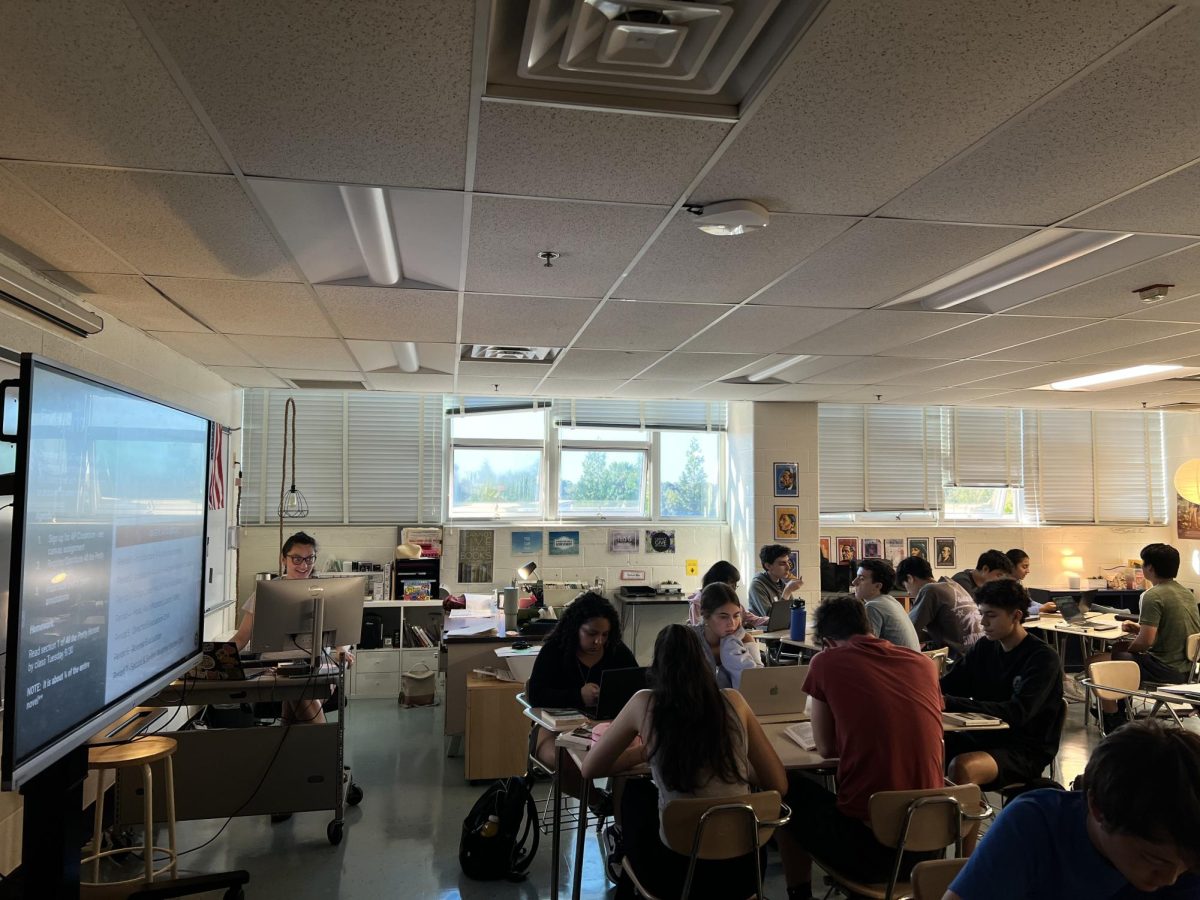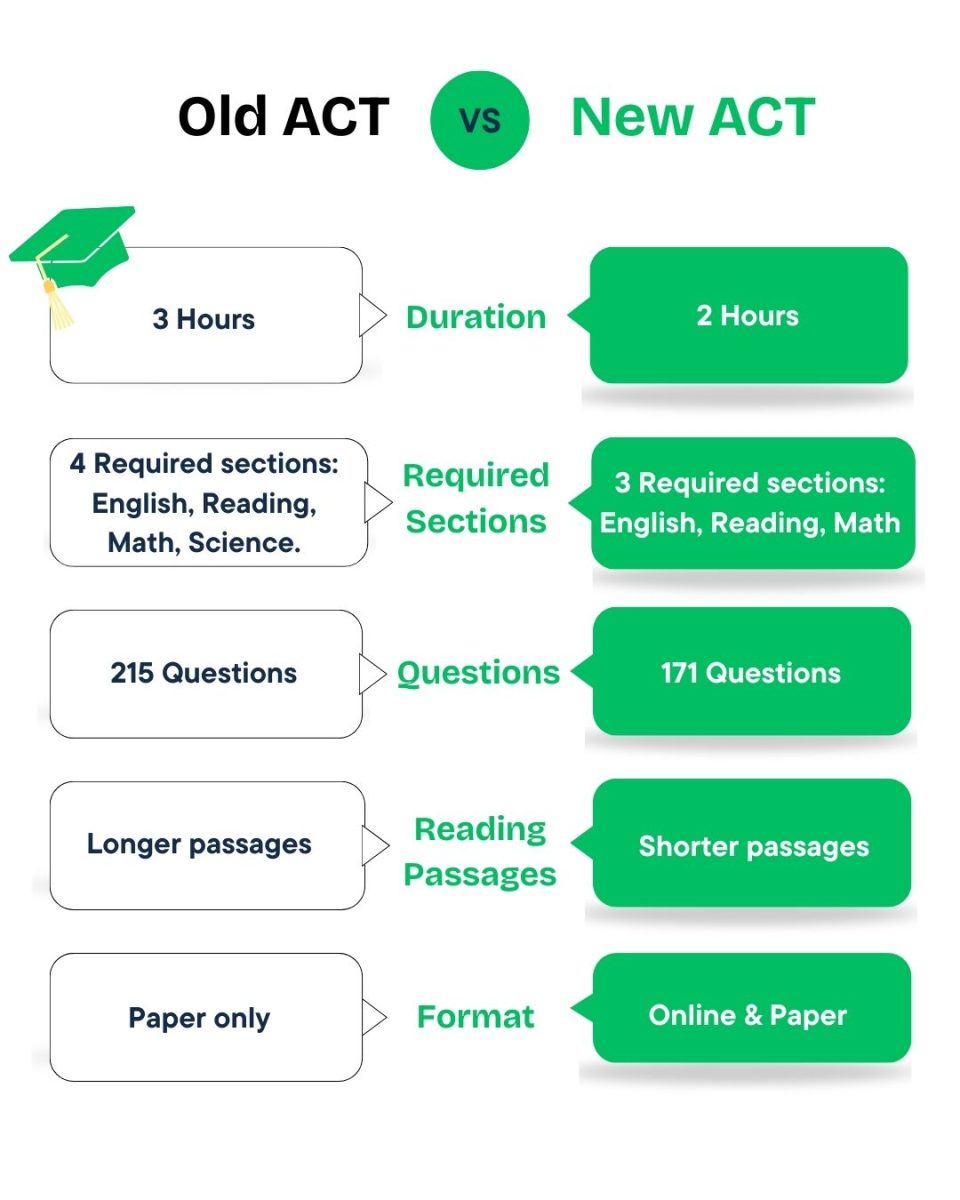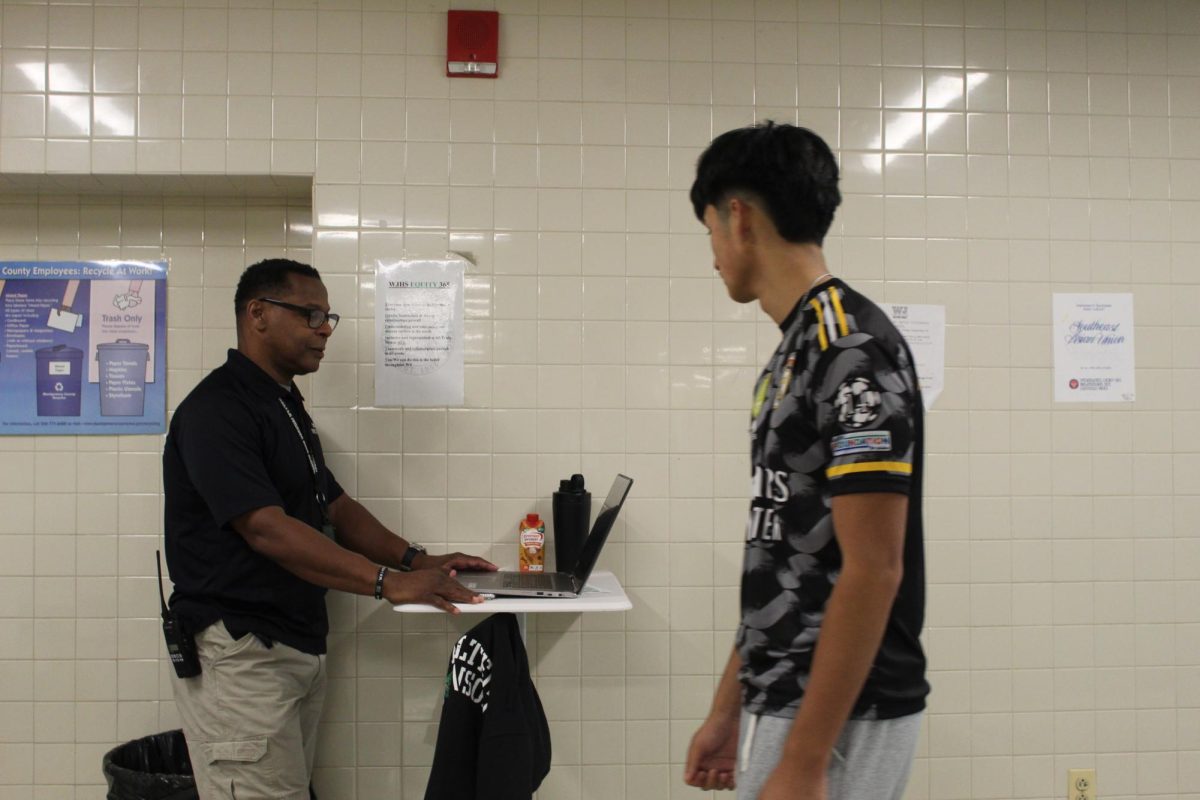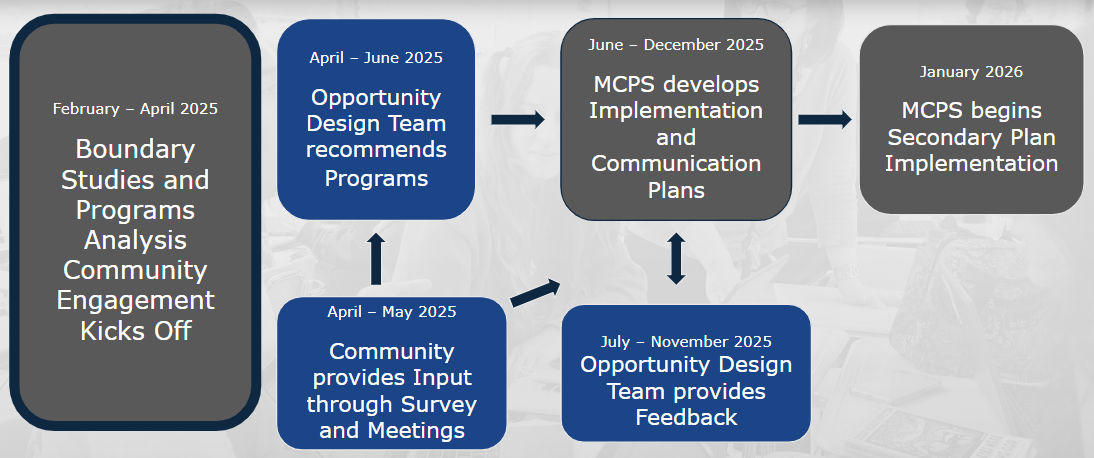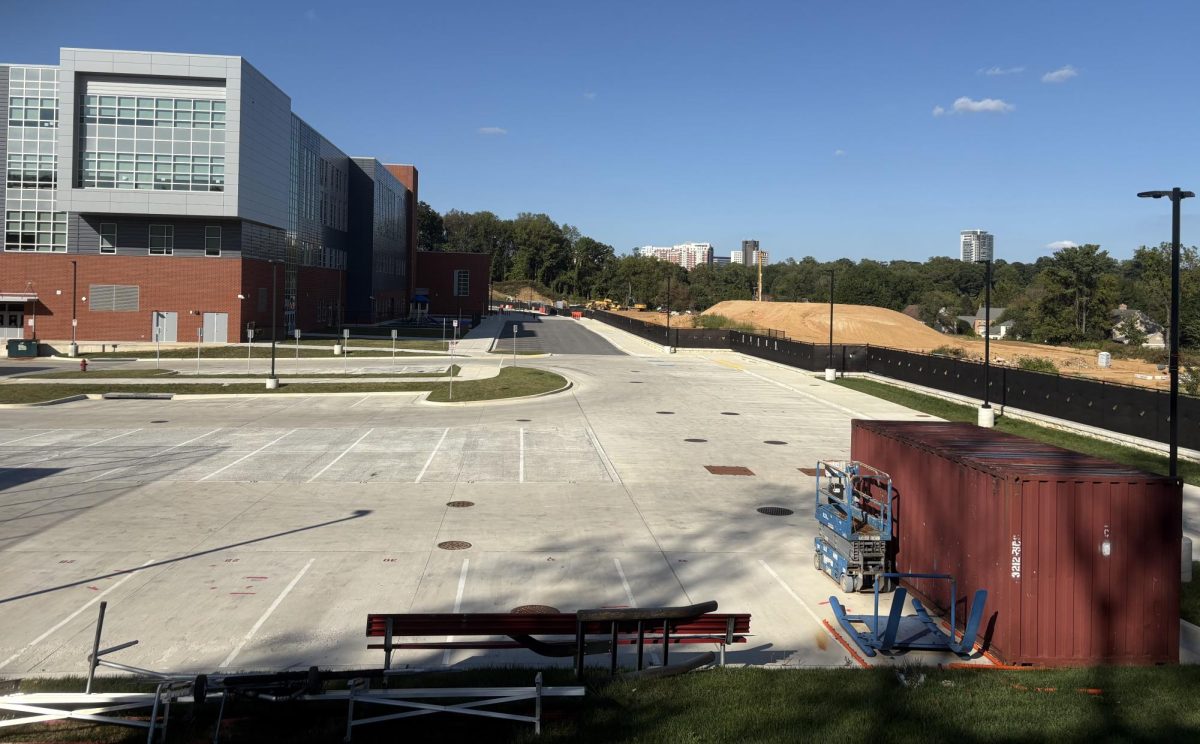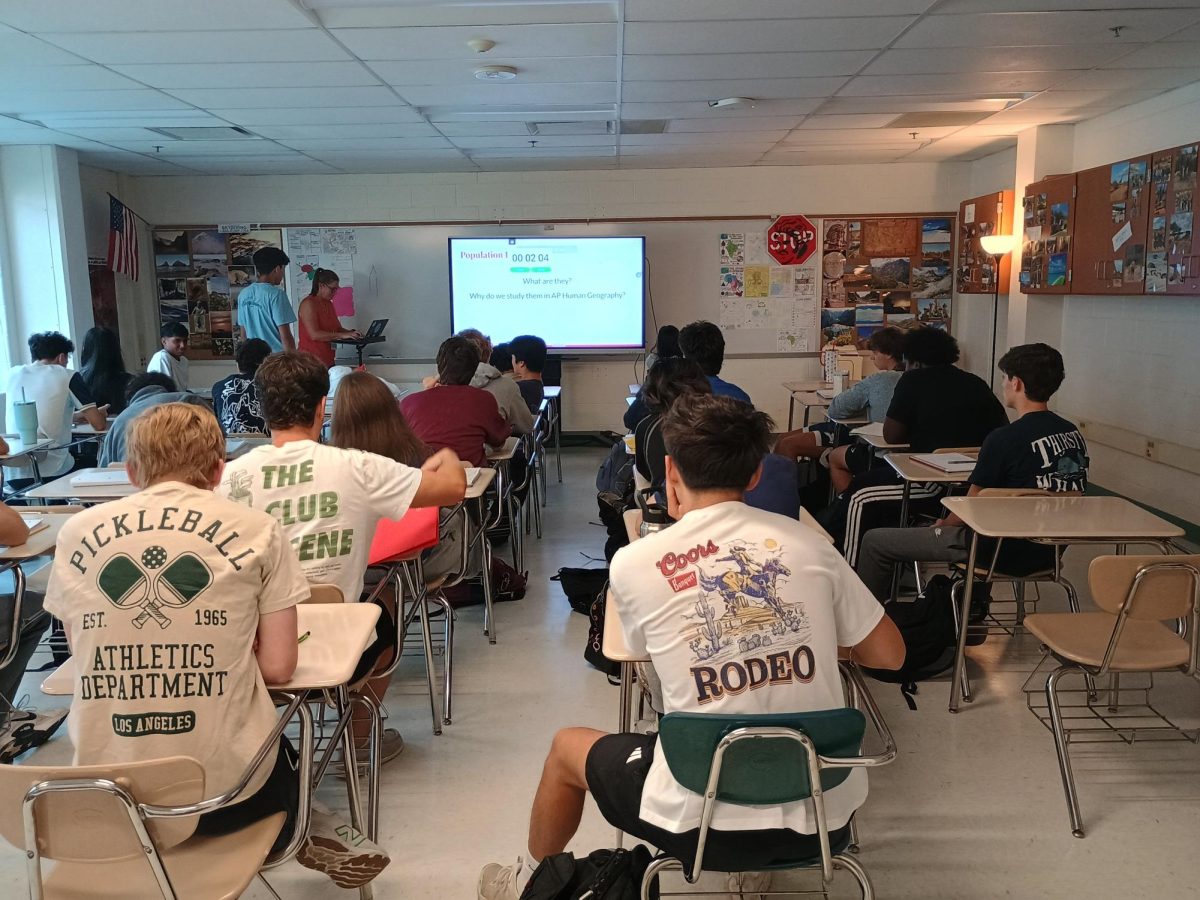Last December, when MCPS released a “survey” to gauge interest in students returning to school, students were failing their classes at higher rates than ever before. Enrollment was down significantly, with students continuing to drop out. Attendance and participation were mediocre at best.
A year after the world went dark, Maryland’s largest school system was tasked with the impossible: reopening schools. The answer was complicated, yet simple. A phased-in return was the most surefire way to bring the students back who wanted to come back, while keeping numbers low and simultaneously offering those who wanted to stay at home the same education that they have been receiving all year.
The issue is that not everyone who wanted to come back got that opportunity, and a great chasm lies between the education students are receiving in-person versus online.
When MCPS released their survey, its importance was not conveyed nearly as well as it should have been. The reality is that this “survey” was not just a simple poll to see who would be interested in returning, but rather the questionnaire that would determine whether or not the student would be returning whatsoever. Additionally, those who did not fill out the survey were automatically placed in virtual learning. About 20% of families didn’t respond at all.
The results of the survey show that the lower-income areas of the county had the highest numbers of missing responses. Meanwhile, 11 schools with the highest percentage of students who chose to return to buildings when they reopen are in Bethesda or Chevy Chase — at schools with larger populations of white students and lower rates of students in poverty, than other parts of the county, despite those parts of the county being hit significantly harder by COVID-19 and the economic recession.
After discussing this with my mom, who used to teach in low-income school districts, she raised concerns that there are various reasons why the survey received less responses from families in those areas, such as lack of access to the internet and language barriers. MCPS should have done more to take families with those circumstances into account. While some may argue that every student had the option to return to in-person learning, the reality is that only those who were properly informed of the importance of the survey and with good internet access truly had that option.
In terms of learning, not much has changed. I am now participating in the hybrid learning option, and am realizing the major disparity between in-person and virtual school. In weeks that I am in-person, it is significantly easier to connect with teachers, ask questions and I overall get more out of each lesson. However during virtual weeks, the disconnect between me, my classmates and teachers is immense. Learning through a screen works for some, but data suggests that it does not for most. The difference in education that students are receiving virtually versus in-person is night and day, which is about the opposite of progress, considering the students who will continue to fall behind.
The achievement gap will continue to grow if we continue this way. Changes need to be made to virtual learning so that all students are able to participate and learn as much as their in-person peers, regardless of their preference on whether they want to learn from their bedroom or a classroom. MCPS needs to account for the missing responses and make certain that every student who wants to learn in-person gets the opportunity to do so.
It appears that things are improving, with more being vaccinated and new cases falling, but we are still in this for the long haul. The effects of COVID-19 on the students will be felt for years. It is the responsibility of those in the central office to provide a fair, good education for all so that no student is left behind. Moving forward, MCPS plans to have a virtual academy option for next fall, along with bringing the majority of students back to in-person learning. When doing this, MCPS must learn from this year’s mistakes to ensure that this will be done in an equitable manner.



